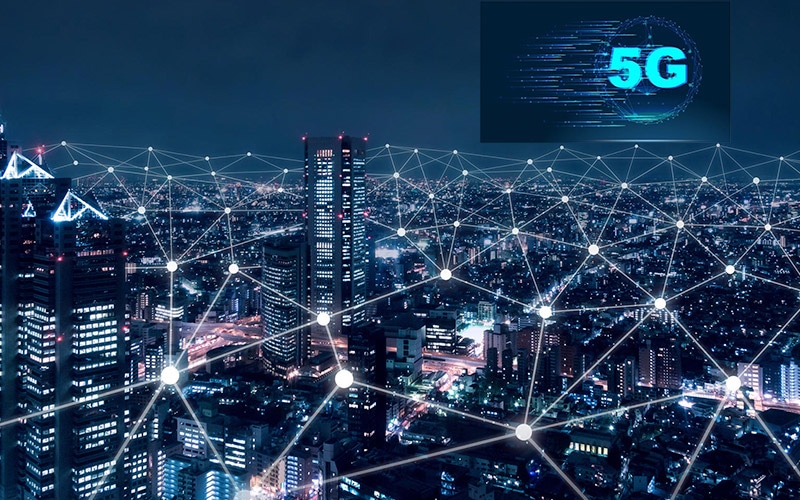5G Radiation and Epidermis Cancer

This article discusses the topic of 5G radiation. It is a non-ionizing form of electromagnetic radiation. Because 5G radiation is so small, it does not have the ability to break chemical bonds in biological tissues or trigger any changes to cells. 5g radiation isn't known whether 5G radiation can affect the risk of developing skin cancer. No evidence has been discovered to suggest that it could cause other disease.
Millimeter-wave radiation with high frequency
High-frequency millimeter wave radiation from mobile phones and wireless networks may cause health effects to humans. There are many ways this radiation could be harmful. In some cases, the radiation can cause damage to a person's DNA. In other instances it could cause damage to other areas of the body, like the brain.
Recent studies have shown that 5G technology may result in thermal heating in tissues. This is why researchers from the International Council on Non-Ionizing Radiation Protection (ICNIRP) has called to review the current safety standards for biological and thermal safety. 5g radiation do not protect people from overheated heat exposure in the event of exposure to pulsed millimeter wave radiation.
Skin cancer risk

There is no definite answer yet to the issue of whether radiation from 5G causes skin cancer. However, it is believed that 5G RF-EMFs behave much similar to high-LET ionizing radio waves. This means that they can produce large amounts of free radicals within the skin. The FCC hasn't issued any specific guidelines about the risks of 5G technology. Consequently, the debate is ongoing.
While there are plenty of studies regarding the impact of radio waves that are higher frequency on the human body however, their research has been small in extent. However, there is 5g radiation over the effects of millimeter-wavelength exposure on oxidative stress and gene expression. These effects may extend to the skin and other organs, including the brain.
Impact on other diseases
A new generation of wireless technology, called 5G, is rapidly growing in popularity, but scientists are concerned about the possible health risks. The technology will dramatically increase the amount of electromagnetic radiation found in our surroundings. This issue has caused debate in several countries which includes Switzerland. In September 2017, 390 scientists and doctors have backed a motion to put an end to 5G deployment. The motion was not taken seriously by the European Commission, which is responsible for regulating the use of 5G technology.
As a result, more research is needed to determine the health impacts of 5G. However, studies have shown that 5G isn't causing the same effects in humans as old mobile networks. Additionally, it does not transmit an entirely new strain of coronavirus. Furthermore it doesn't make people more susceptible to viral infections.
Exposure measurement
The measurement of exposure to radiation from 5G is a vital aspect in ensuring the safety of 5G networks. There are two methods to measure exposure. One is to measure the RF power that is absorbed by human tissues. The other involves measuring the quantity of radiofrequency energy released by an object. Radiofrequency energy (RF) can be described as an energy source that comes from radio transmitters.
The United States, the FCC has set a limit on the energy density of 5G mobile devices. These tests only test the power density of just only a few inches. they do not require measurements of every beam. FCC does not require measurements of every beam. However, how much power is generated by each beam can be determined by computer simulation. The most likely scenario is then selected based on the configuration of each beam.
The study has its limitations
There's been a lot of discussion over whether the effects of 5G radiation are detrimental to human health. The Swiss authorities, for instance has released a report which concludes that the technology is not likely to cause adverse health effects in the short term, however, there aren't any studies which have shown long-term effects. However, this report contains a number of problems, including biased reporting.
The power and frequency of radio waves that carry energy depend on the frequency. The energy carried by a millimetre wave will be identical to that of current radio waves however, they're smaller in size and ideal for high-density settings as they won't be easily blocked by glass or walls. Highly dense urban areas will require many smaller, low-power locations, and suburban areas will be better served by 5G sites that operate at lower frequency.
